Weaving threads and dreams
What’s the difference between the upcoming Habi exhibit at Glorietta in October and the year’s earlier fairs Maarte and ArteFino, the regular Bench Katutubo Pop-Ups and other smaller but no less exciting displays of Philippine craftsmanship, each constantly upping the standards for excellence, sustainability and the sheer desirability of its products?
Simple, the name says it all. At Habi, everything is woven because the word means “weave” or “patterns of weaving.”
From north to south, the ancient craft of the loom spins the various threads of cotton, piña, abaca, silk and more into fabrics both gossamer and sturdy. Artisans then dye, cut, crush, sew and embellish these lovely materials—or else leave them completely alone—to create the many wonderful items your hands are just itching to buy.
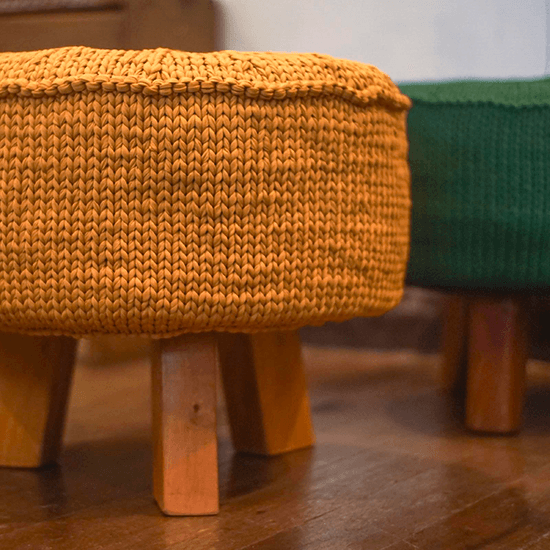
Last year I bought a blue skirt from Nina Inabel—that’s Nina Corpuz and she’s based in Laoag—which I wear for its prettiness, comfort and subtle Filipiniana look. The deep pockets make it very practical for one’s cellphone, glasses, hair clips, car keys, and face mask. Yes, those pockets are that deep!


I also bought the cutest bag from Pidayit (that’s wonder designer Philip D. Torres of Pampanga) to match my Nina skirt and I wish I had space in my closet, plus a deeper wallet so I could buy all the charming things he throws together: fabrics and beads and twists and scraps of dreams and such!
But weaving, or the woven product, is more than just the loom or one’s unlimited imagination, creating beauty out of bits and pieces of tradition and craftsmanship.
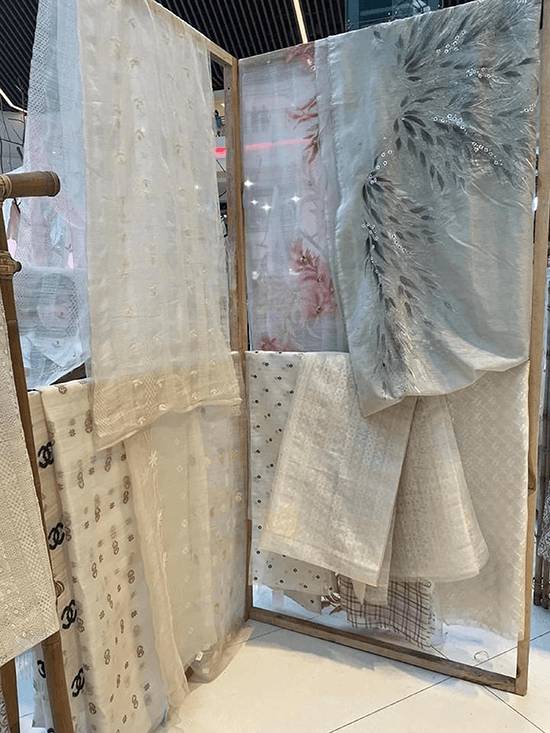
Knitting needles wielded by the women farmers of the rice terraces in Uhaj, Banaue, craft adorable animal plushies for any child or child at heart to cherish. (Shameless plug: They knit the rabbits of my design that represent the characters from my Sign of the Rabbit books.)
This year, Knitting Expedition, helmed by Candy Alipio, will bring new color combinations of their beloved, puffy parol plushies that are as adorable to squeeze as they are to hang.
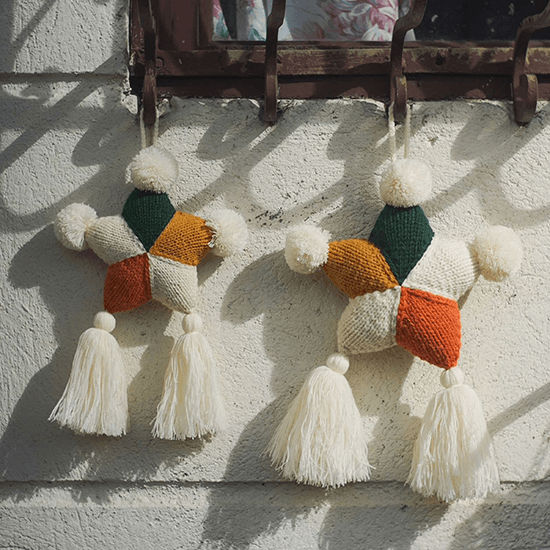
I chatted with Candy as to what we can expect and she happily explained, “We will have chunky knitted ottomans for Habi; the base was made by Ifugao woodworkers as well.”
As you can see from the photos, these look so good that I already want the orange one now!
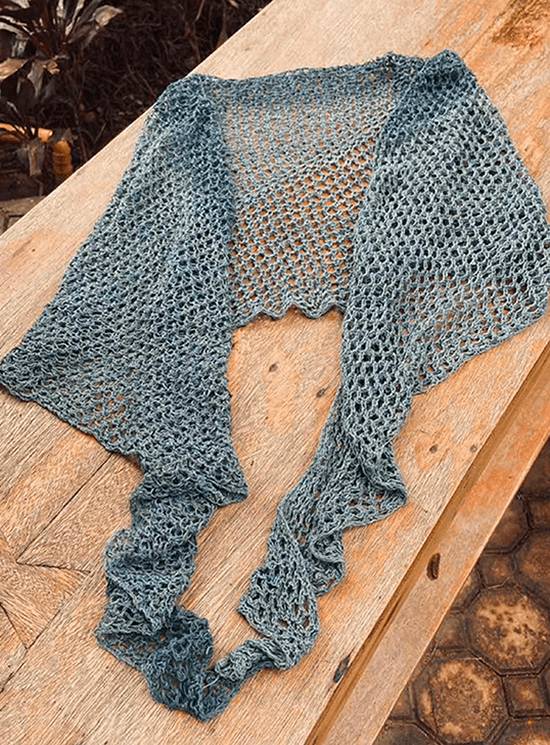
Candy continues, “We are also trying to finish our ‘Solihiya’ shawls, which were knit with naturally dyed cotton from Mahalina foundation. Hopefully, we’ll have a few pieces available at Habi, though I can’t confirm how many we will have by then!”
Since the shawls with their uniquely Pinoy pattern are a collab with Mahalina Foundation, Candy adds “it might be sold in their booth instead.” Now you know where to look!
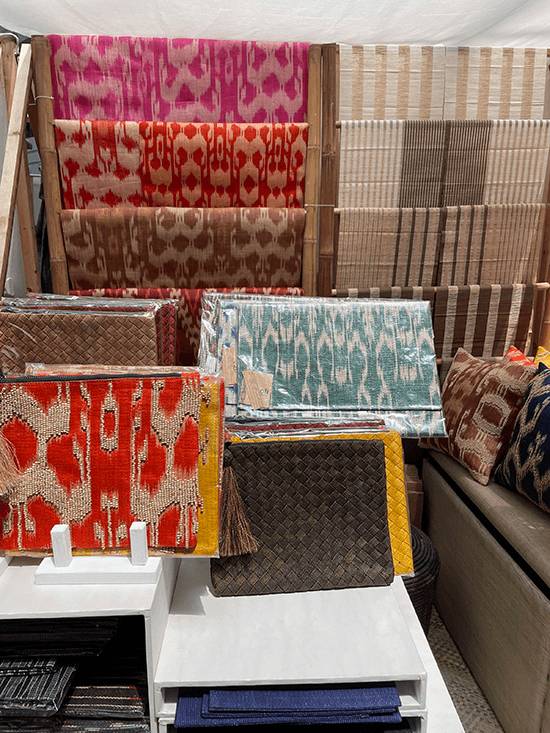
Last year I really regretted passing a stall selling all kinds of things woven from dreams—literally. That’s because that’s what tinalak means— woven from dreams! And I have been dreaming ever since of a laptop bag in that dreamy fabric that I inexplicably failed to buy.
My daughter Hannah had more foresight—she bought the bag intended for an iPad and uses it as a clutch! So on Oct. 13 when Habi opens, I intend to head straight for Tadeco Home!
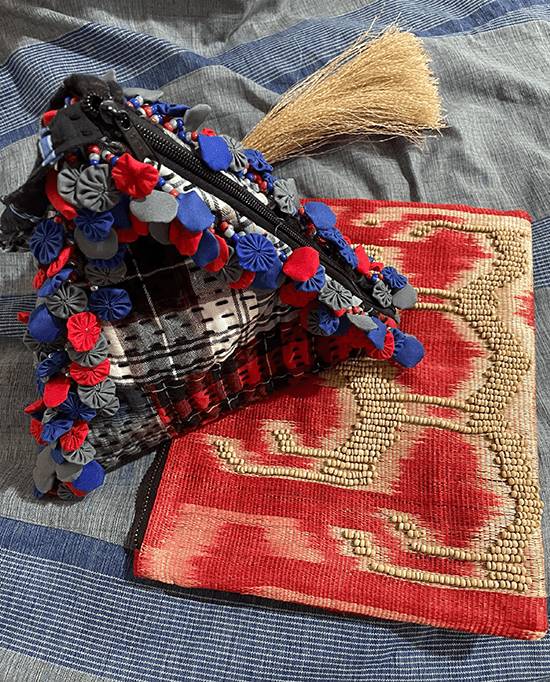
Then there’s the fabric itself, unturned into anything, yet anything but plain. The queen of all Aklan weaves must be Arlyne Tombokan, who represents her weaving clan. Their designs usually win the annual Habi contest among weavers for innovation using our local piña and abaca fibers. Last year the loveliest pieces hanging from the exhibit centerpiece were from her clan.
I have mentioned only a literal handful of what you can expect from Habi. The range and depth of weaving creativity know no bounds and reach into the depths of artisan and artisanal ingenuity to produce fashion, accessories, home decor, footwear, toys and much more that is incomparable worldwide.
Yes, Habi can boast that all those fibers, dreams, threads, hopes, yarns and aspirations; all that diligence, design and drama can only be woven together on our shores.



